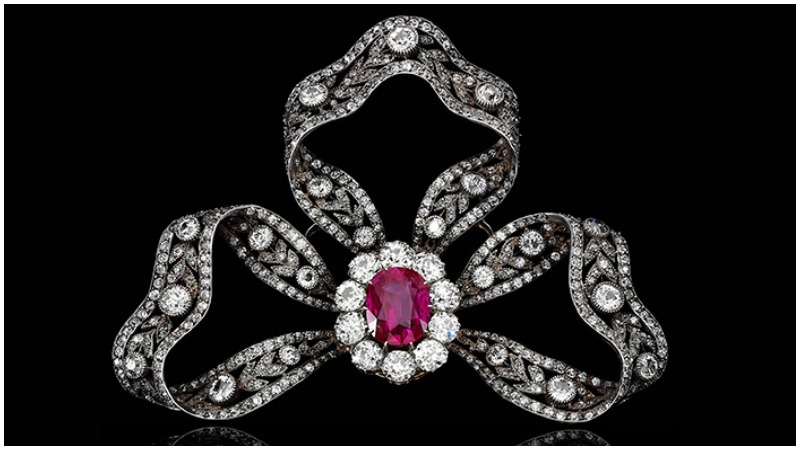When the French Revolution was in its early stage, the royal family — Louis XVI, Marie Antoinette, and their children — tried to escape from the country in 1791 in what is called the Flight to Varennes.
They were captured, and both Louis XVI and Marie Antoinette were later tried and condemned, guillotined before jeering mobs in 1793.
It turns out that while Marie Antoinette may not have escaped from France, her jewelry did.
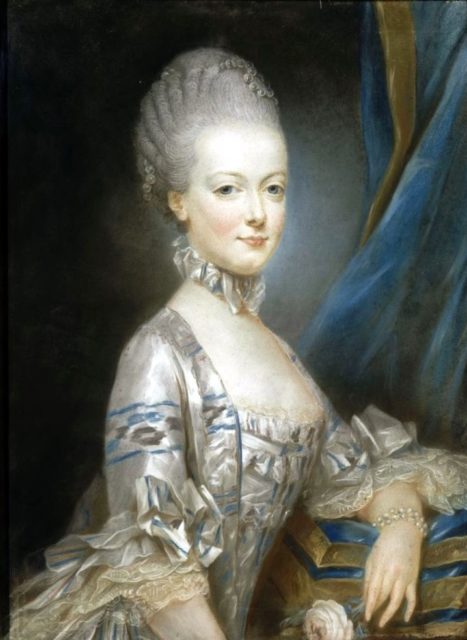
In an auction being described as historic, the jewelry of the last Queen of France, unseen in public for two centuries, will go on sale next month. Before being sold, the jewels can be viewed in New York City and then London at Sotheby’s headquarters.
“The romance, magic, and universality of her name is because she represents that sophistication of l’ancien regime. She is it,” Andres White Correal, Sotheby’s senior director of jewellery, told AFP.
“It is the sale of the 21st century. Because how do you top Marie Antoinette? Also because it’s so scarce. There isn’t much left.”
The treasures were smuggled out of Paris in 1791 and have been privately owned by the family’s relatives ever since.
The collection that includes her diamonds and pearls, held by the Italian royal House of Bourbon-Parma, is being sold by Sotheby’s auction house in Geneva on November 14th, Yahoo reported.
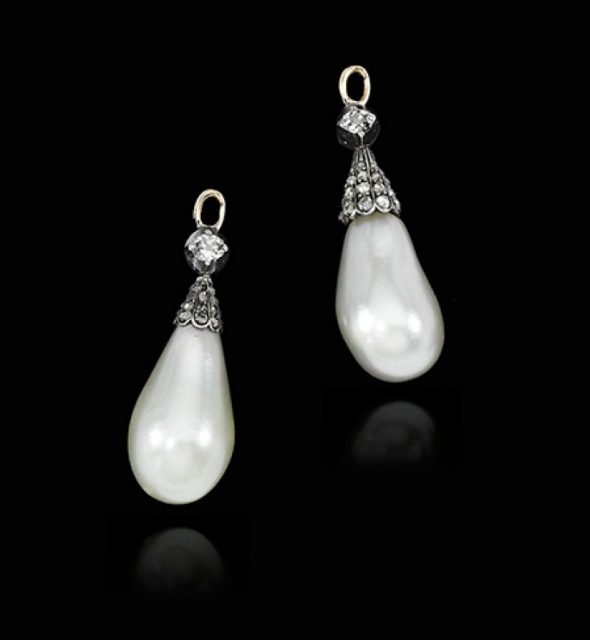
Sotheby’s says that the collection, “which spans centuries of European history, from the reign of Louis XVI to the fall of the Austro-Hungarian Empire, will offer a fascinating insight into the splendor of one of Europe’s most important royal dynasties.”
Among the stars of the collection is a stunning diamond pendant, supporting a natural pearl of exceptional size (26 mm x 18 mm), as well as a pair of natural pearl drops and a necklace featuring 119 natural pearls.
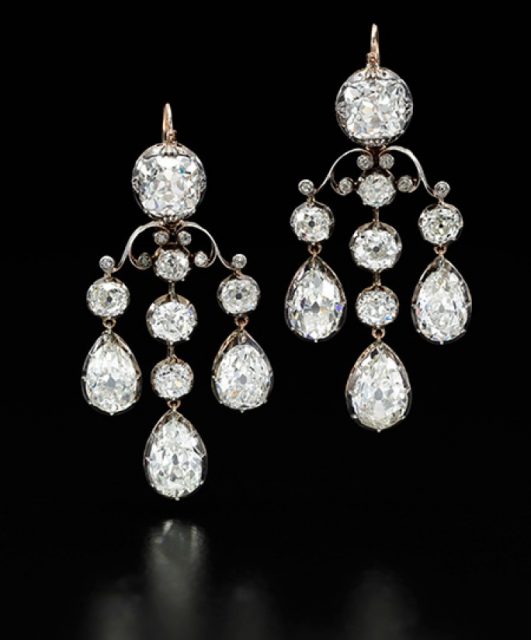
The jewelry was whisked out of France due to the courageous efforts of Count Mercy Argenteau, a retainer to the queen.
As King Louis XVI, Marie-Antoinette, and their family prepared their escape in March 1791, the queen placed all her diamonds, rubies, and pearls in a wooden chest, which made its way to Vienna by way of Brussels in the care of Count Argenteau.
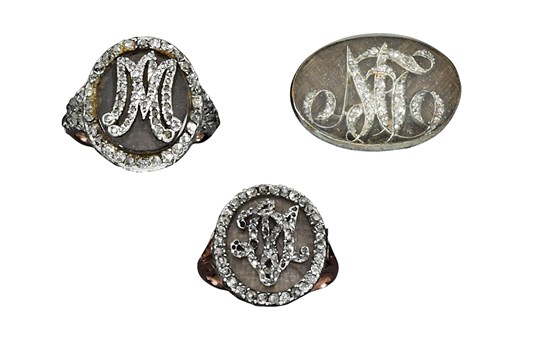
The Flight to Varennes failed because of poor planning and execution. After hesitation and delays on the part of King Louis, they chose a large and conspicuous coach that moved slowly through the countryside. The desperate group did not get too far before Louis XVI was recognized and detained.
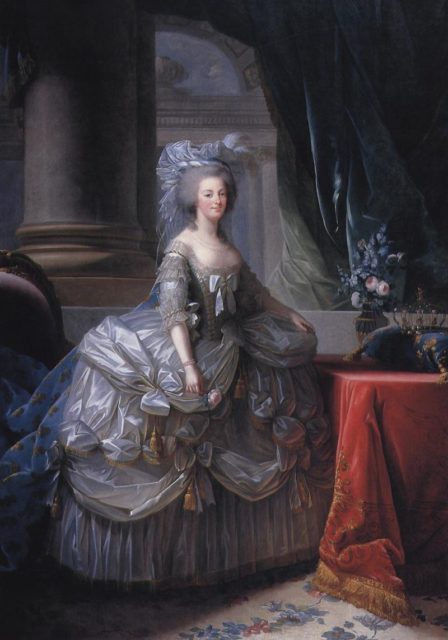
The family’s attempt to escape, and presumably gather foreign troops to aide them in an effort to regain royal power over France, did much to seal the doom of Louis XVI and Marie Antoinette.
The king and queen had two children, a boy and a girl. Their 10-year-old son, Louis XVII, died in captivity shortly after his parents. The last surviving child, Marie-Thérèse, known as “Madame Royale,” was released from three years of solitary confinement in 1795.
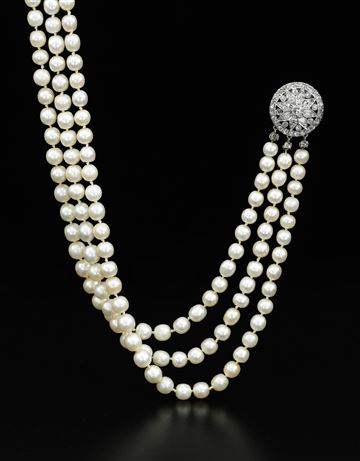
Upon her eventual arrival in Vienna in 1796, she reclaimed her mother’s jewels, which had been kept for her by her cousin, the Austrian Emperor.
Marie Antoinette was the daughter of Maria Theresa of Austria, the Hapsburg empress. She married Louis, then a prince, as part of a dynastic alliance. But years later, after she became queen, the alliance with Austria was highly unpopular with the French public, and one of the reasons Marie Antoinette was hated.
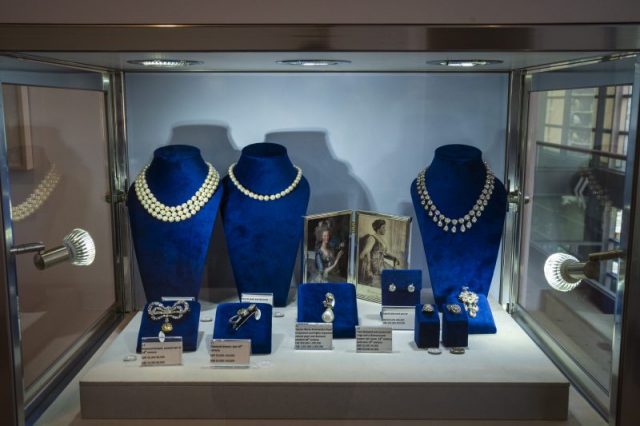
The Bourbon-Parma sale also contains jewelry belonging to Charles X, the last monarch styled king of France, including a diamond tiara; jewels from Empress Marie Therese of Austria, Marie Antoinette’s mother; and from Austrian emperor Franz Joseph I, who died in 1916.
The fleur de lys design tiara, made in 1912, contains diamonds from the collection of Charles X, Marie Antoinette’s brother-in-law, who died in 1836. It is estimated at $350,000-550,000
https://www.youtube.com/watch?v=6tyyfdGTvr4
Daniela Mascetti, Deputy Chairman of Sotheby’s Jewellery Europe, and Senior International Specialist, said, “It is one of the most important royal jewelry collections ever to appear on the market and each and every jewel is absolutely imbued with history.
Read another story from us: Flappers: subverting society with their shoes
Never before seen in public, this extraordinary group of jewels offers a captivating insight into the lives of its owners going back hundreds of years. What is also striking is the inherent beauty of the pieces themselves: the precious gems they are adorned with and the exceptional craftsmanship they display are stunning in their own right.”
